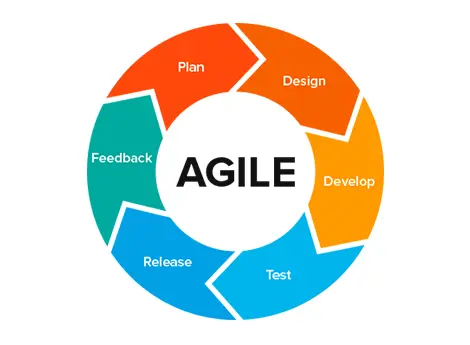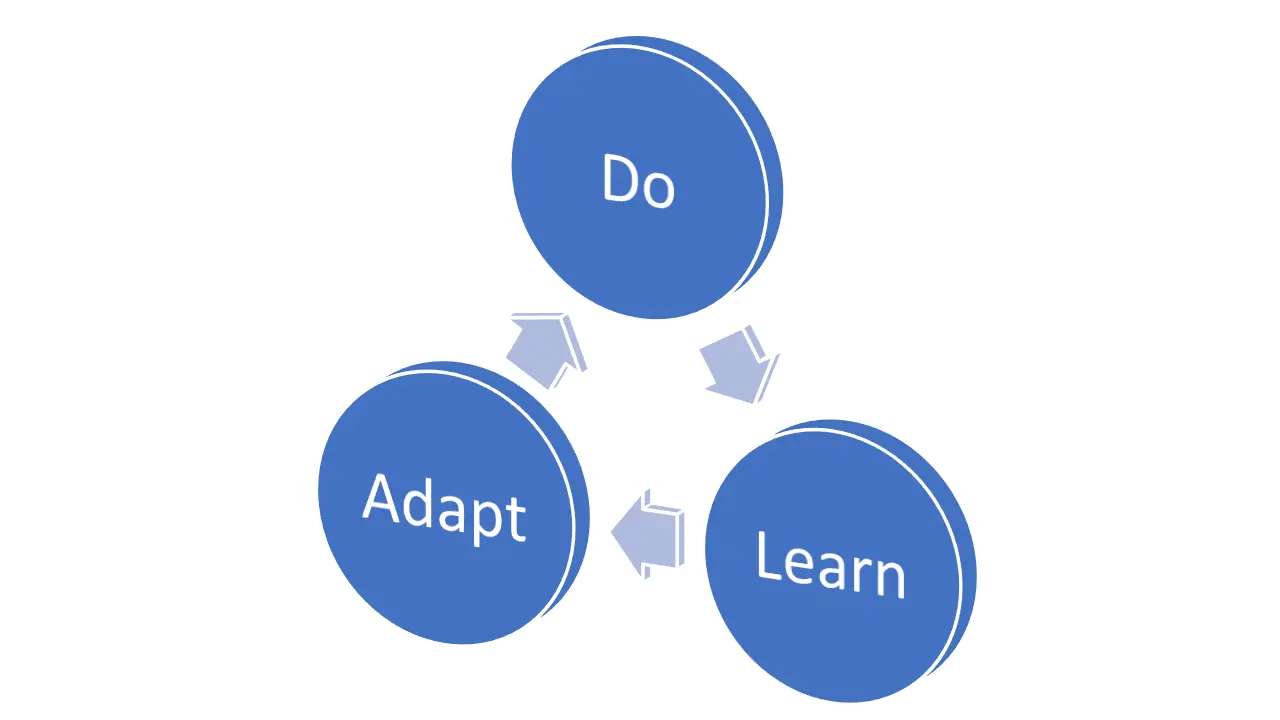The concept of agile based learning has its roots in software development, where it provides a “lightweight” framework for the creation of code without the burden of heavy bureaucracy or administration that could potentially slow the process.
Agile Learning
In the last decade, the concepts have been retooled to apply to the education landscape with the creation of the “Agile Schools Manifesto.” This philosophy can be summed up in its four core values:
- Individuals and interactions over processes and tools
- Meaningful learning over measurement of learning
- Stakeholder collaborations over complex negotiation
- Responding to change over following a plan

Apply Agile Process to Adult Learning
While many of the resulting 12 principles of agile schools are more applicable to traditional learning environments like K-12 schools and universities, some can easily be applied to the adult learning/business training realm.
One of the strategies of the agile classroom most applicable to the business training environment is the acknowledgement of the learner’s existing level of expertise. This initial validation, in which the trainer recognizes the individual’s ownership of the learning process, sets a training program up for success.

Validation with Training Response Systems
The next step is to use that validation to build upon the trainees’ experience to foster learning of new skills, concepts and insights.
In a business training environment, how exactly can a trainer take this essential step? One way is to propose a scenario familiar to the participants, then share a selection of potential solutions and invite the group to give their answers using audience response technology.
Answers can then be tallied and displayed graphically to the entire group. Because of their previous experience with the proposed scenario, their answers will display their existing level of expertise, validating their skills and knowledge and making them more open to being taught.








